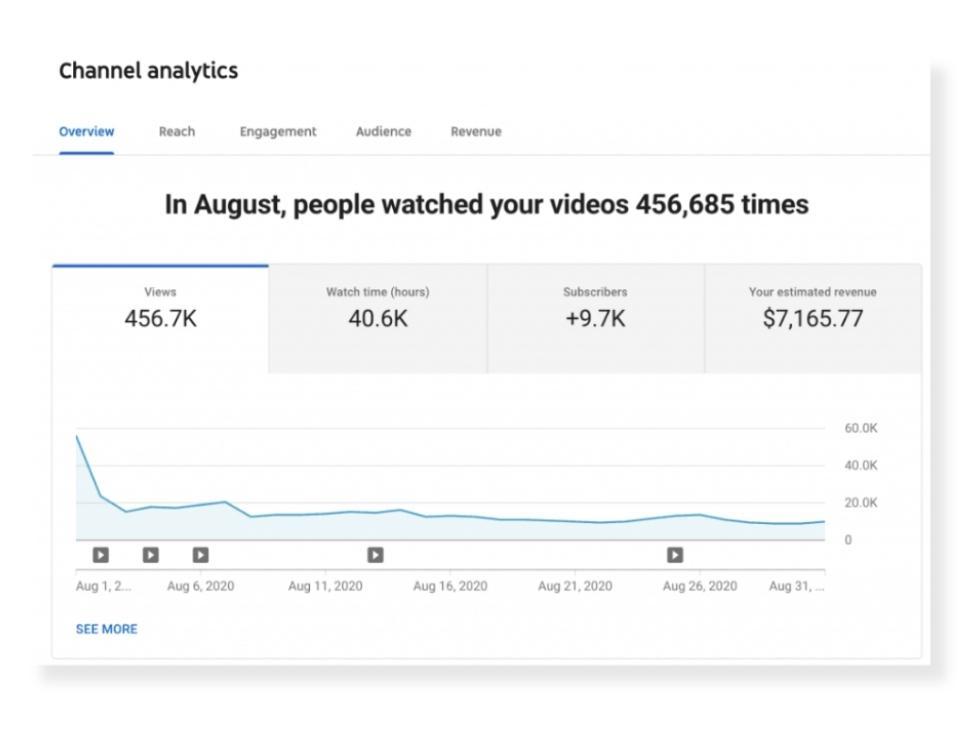
in today’s digital landscape, the power of influencer marketing is profoundly reshaping the way brands connect with their audiences. Amidst this dynamic realm, YouTube stands out as a colossal platform, housing millions of creators and captivating billions of viewers. However,with such vastness comes the intricate challenge of understanding and leveraging the wealth of data available through YouTube Analytics. This article seeks to demystify the data-driven insights behind YouTube Analytics,unlocking the potential for brands to craft impactful influencer marketing strategies. by delving into the metrics that matter—views,engagement rates,audience demographics,and more—we aim to equip marketers with the knowledge needed to navigate this rich analytics landscape. Join us as we decode the numbers, explore the narratives they tell, and pave the way for more nuanced, effective influencer collaborations that resonate in this visually-driven digital age.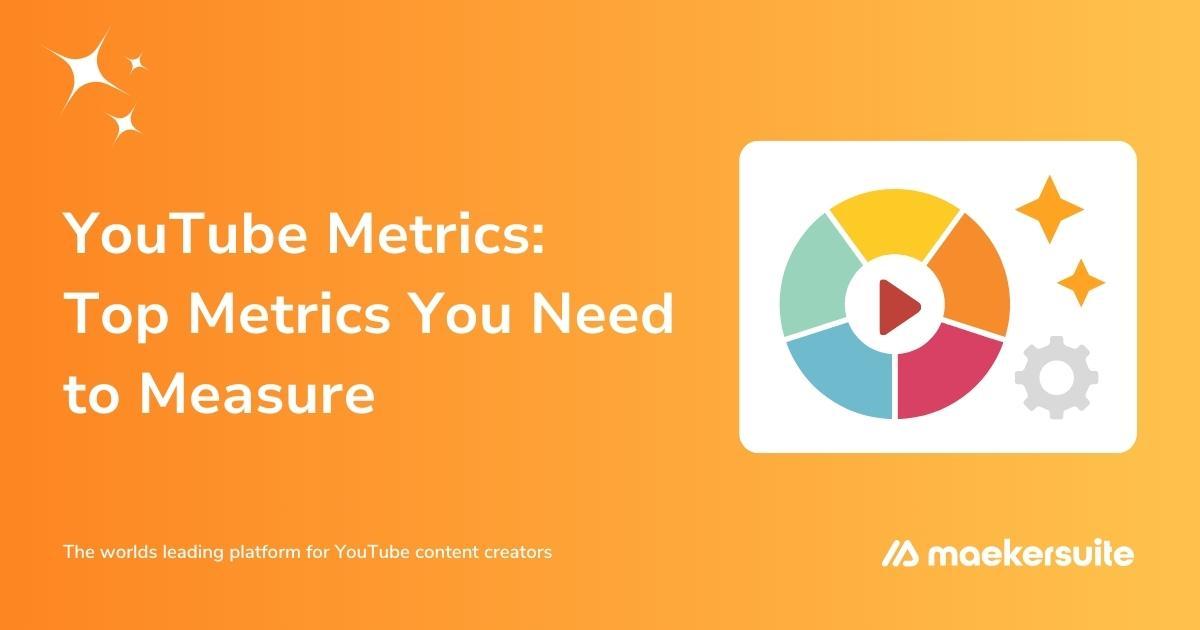
Understanding Key YouTube Metrics for Influencer Success
To effectively navigate the world of influencer marketing on YouTube, it’s crucial to familiarize yourself with the key metrics that can define success.Watch Time is one of the most notable factors, as it indicates how long viewers are engaging with your content. A high watch time not only suggests that your content resonates with the audience,but also positively impacts your visibility on the platform. Consider tracking Audience Retention, which provides insights into which parts of your video capture attention and which sections may lead to drop-offs. Knowing when audience interest wanes helps you refine your content strategy for more compelling videos.
Additionally, keep an eye on your Click-Through Rate (CTR), which shows how effectively your thumbnails and titles attract potential viewers. A strong CTR emphasizes the importance of engaging visuals and intriguing titles in your overall performance.Be sure to analyze your Engagement Metrics, such as likes, comments, and shares, to gauge how your audience interacts with your content. An engaged audience is often a loyal one, translating into better conversion rates for collaborations and partnerships. By combining these metrics, you can create a comprehensive picture of your success and tailor your influencer strategies accordingly.
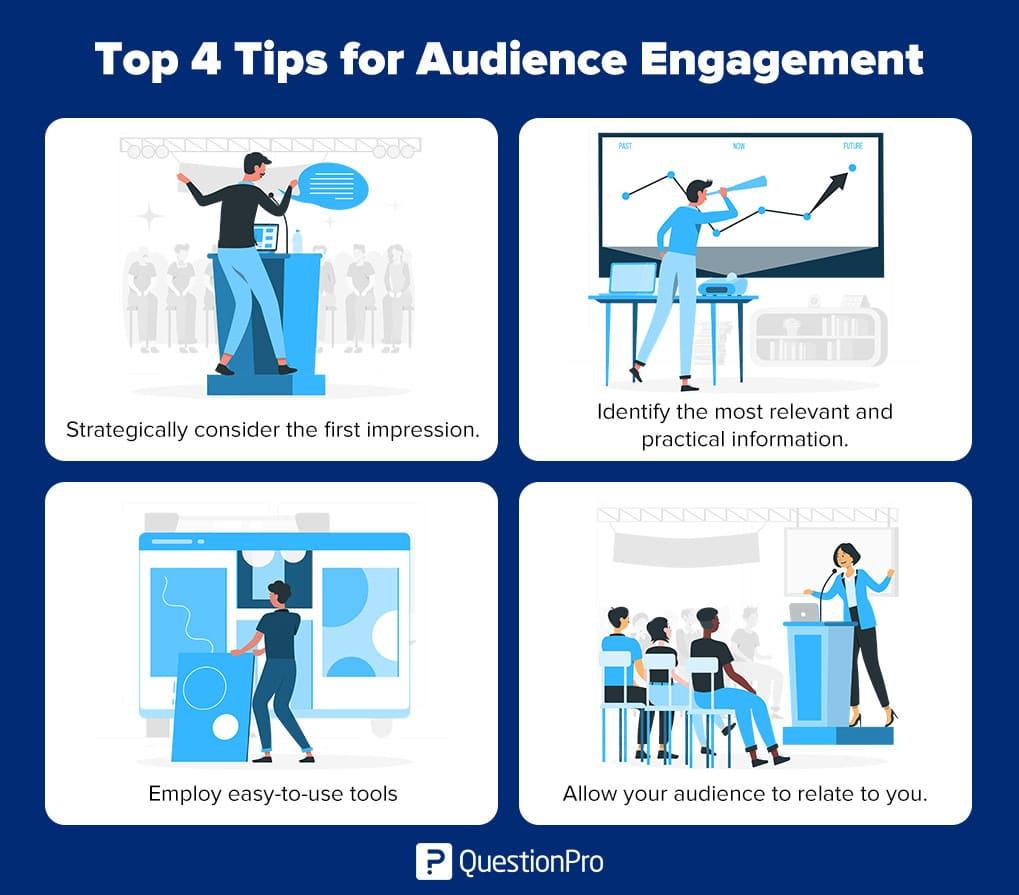
Leveraging Audience Engagement Insights to Enhance Collaborations
Understanding your audience’s behaviors and preferences is essential for building fruitful collaborations in influencer marketing. By analyzing the insights revealed through youtube Analytics, brands can tap into the emotional and psychological triggers that resonate most with viewers.This can lead to tailor-made content that increases viewer retention and engagement. To effectively harness these insights, consider focusing on the following elements:
- Engagement Rate: Track likes, comments, and shares to gauge how well your content is resonating.
- Audience Demographics: Identify who your viewers are, including their age, gender, and location, to fine-tune your targeting strategies.
- Watch Time: Monitor the duration viewers spend on your videos to understand which content keeps their attention.
Applying these insights allows brands and influencers to co-create content that speaks directly to their audience’s interests. Analyzing patterns in engagement can reveal gaps in the content strategy, enabling a more cohesive collaboration reflective of viewer preferences. Consider compiling your findings in a structured format to summarize insights for speedy reference:
| Insight Area | Key Takeaway |
|---|---|
| Audience Engagement | High interaction rates indicate prosperous content relevance. |
| Demographic trends | Targeting specific groups can enhance outreach. |
| Content Performance | Focus on formats that boost watch time for higher retention. |
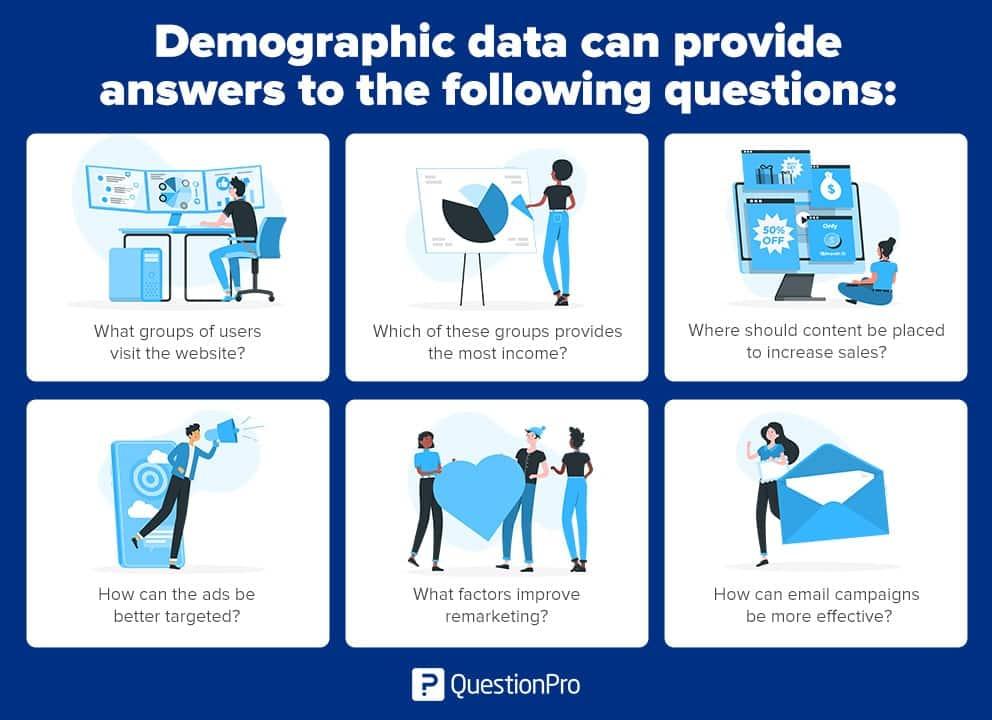
Unraveling Demographic Data to Target Your Ideal Viewers
Understanding your audience is crucial for maximizing the effectiveness of influencer marketing. By diving deep into demographics, brands can pinpoint who their ideal viewers are. This process includes analyzing critical factors such as:
- Age Group: Different age brackets tend to engage with content in distinctive ways.
- Gender: Identifying the gender distribution can help tailor your messaging.
- Geographic location: Knowing where your audience hangs out allows for localized content strategies.
- Interests: Understanding your viewers’ hobbies and preferences can drive relevant content creation.
Using YouTube Analytics, you can gain insights that shape your campaigns. For example, tracking audience retention rates can reveal which demographics are most engaged with your content.Furthermore, a targeted approach can be illustrated in a straightforward table:
| Demographic | Engagement rate | Content Preference |
|---|---|---|
| 18-24 | 75% | Short-form Videos |
| 25-34 | 60% | Tutorials & Vlogs |
| 35-44 | 50% | Product Reviews |
by leveraging these insights, brands can strategize on the type of content that resonates with their audience, ensuring that marketing efforts are not only impactful but also aligned with the interests and needs of potential customers.
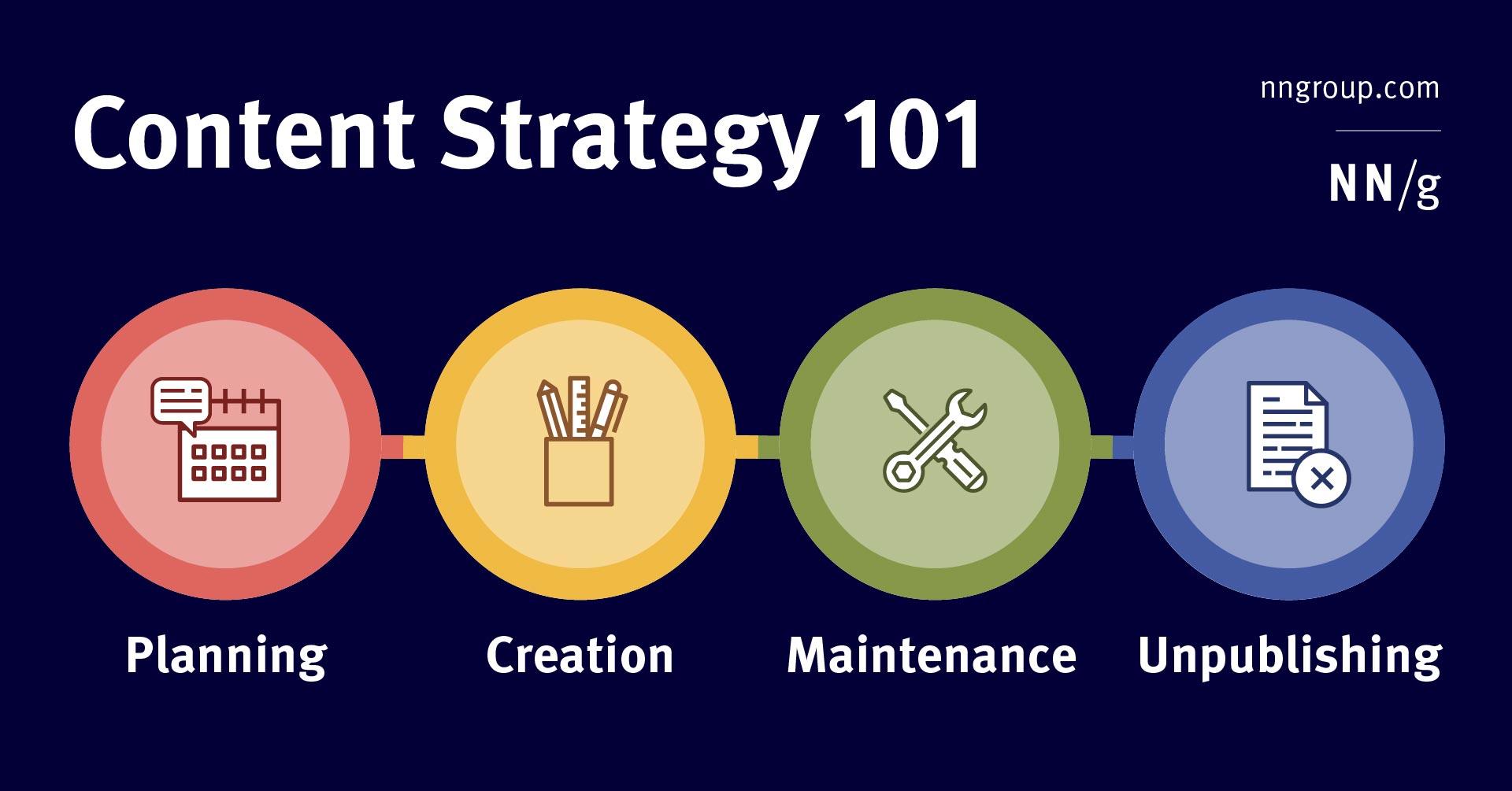
Optimizing Content Strategy Through Performance Analysis and Feedback
Analyzing performance metrics from your content is essential in shaping an effective influencer marketing strategy. Through precise examination of YouTube Analytics, marketers can discern which content resonates with audiences and which does not. Key metrics such as watch time, click-through rates, and subscriber growth provide invaluable insights. By identifying high-performing videos, brands can pinpoint themes, styles, or formats that drive engagement, allowing them to replicate success in future campaigns. Consider focusing on:
- Audience Retention: Understanding where viewers drop off can reveal content weaknesses.
- Traffic Sources: Knowing where your views come from can help you optimize your marketing channels.
- Engagement Metrics: Likes, comments, and shares can indicate how well your message is being received.
Feedback from actual viewers can further refine your approach. Engaging with comments and assessing community sentiment can uncover the subtleties of audience preference that raw data might obscure.Incorporating qualitative analysis alongside quantitative results enhances your content strategy. Create a matrix of feedback for ongoing evaluation:
| Feedback Type | Importance level | Next Steps |
|---|---|---|
| Positive Feedback | High | Replicate similar content |
| Constructive Criticism | Medium | Adjust themes or formats |
| Low Engagement | Low | Reassess audience targeting |
In Summary
As we wrap up our journey through the intricacies of YouTube Analytics, it’s clear that the potential for impactful influencer marketing lies at the intersection of data-driven insights and creative storytelling. By understanding the metrics that matter—be it audience demographics, engagement rates, or traffic sources—brands can fine-tune their strategies to connect with viewers on a deeper level.
Influencer marketing isn’t just about collaboration; it’s about cultivating a genuine relationship with an audience that resonates with your brand’s vision. Armed with analytics, marketers can navigate the ever-evolving digital landscape with confidence, ensuring that their campaigns not only reach but also engage and inspire.
So, whether you’re a seasoned marketer or just starting out in the world of influencer partnerships, remember that each view, like, and share tells a story. By decoding these analytics, you’re not just tracking performance; you’re unlocking the potential to make a meaningful impact in the digital domain. Here’s to embracing the numbers and crafting narratives that leave a lasting impression. Your next big campaign awaits!